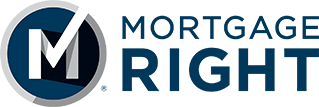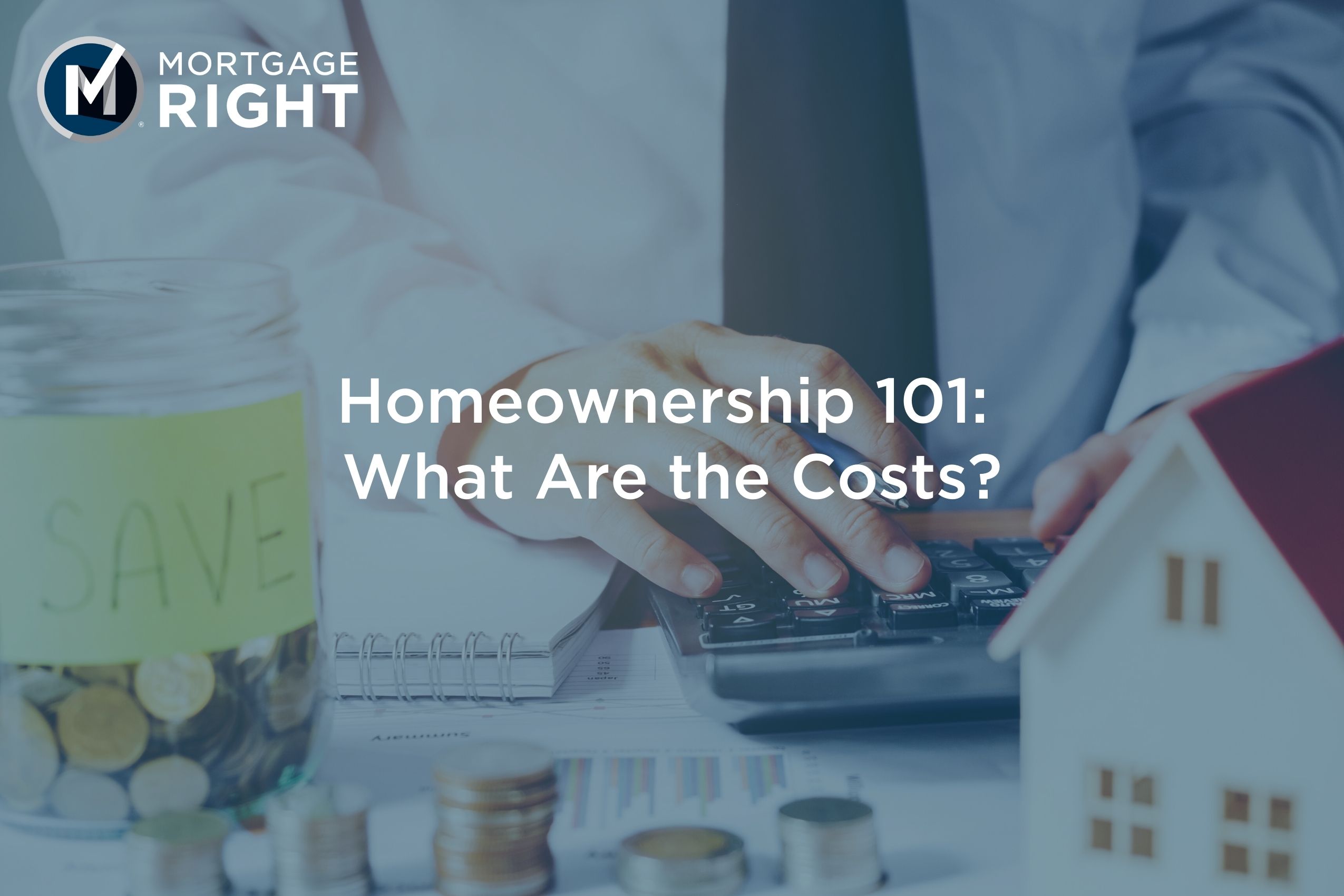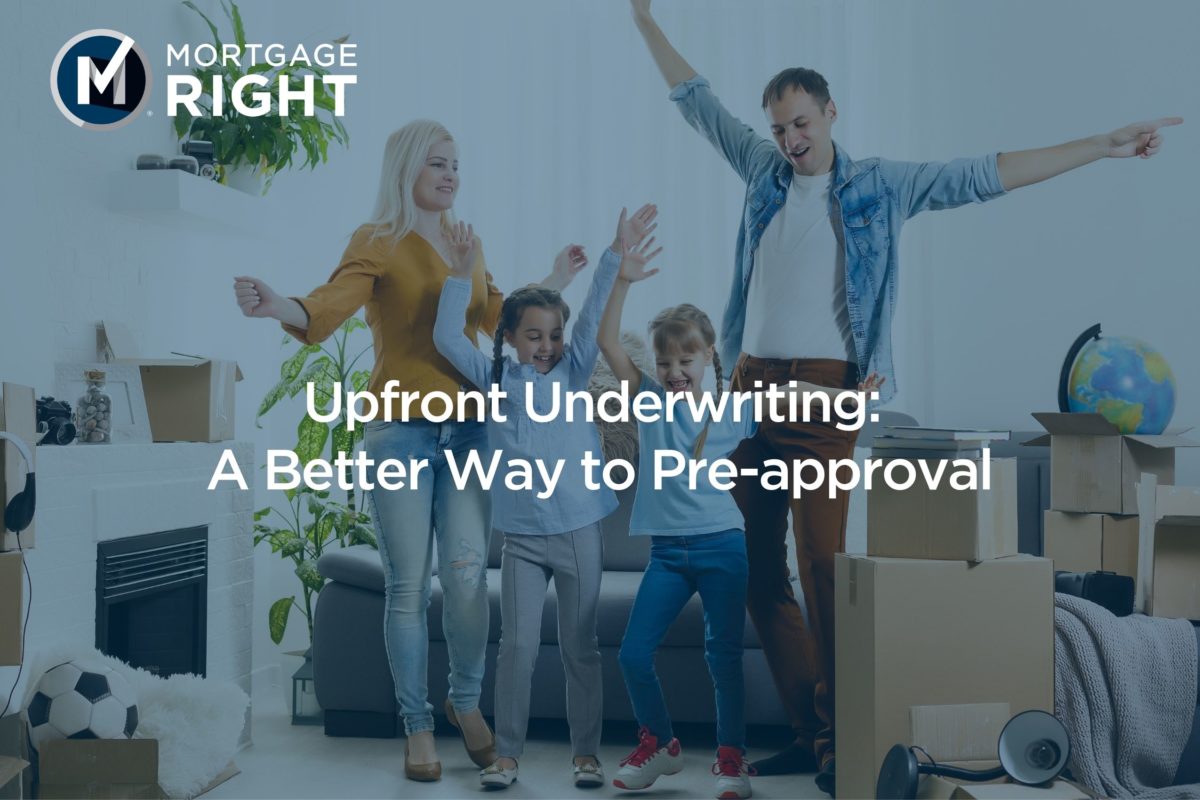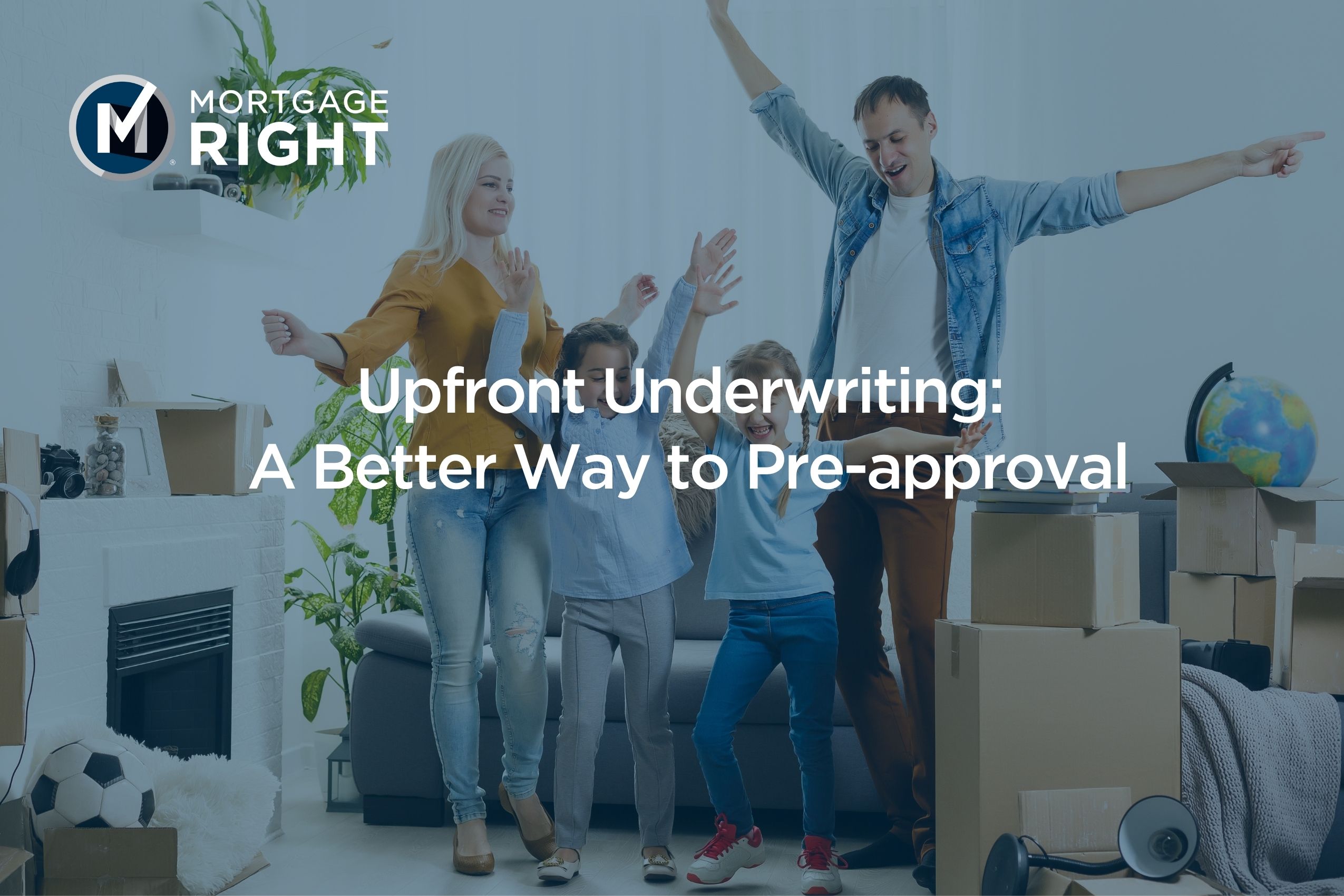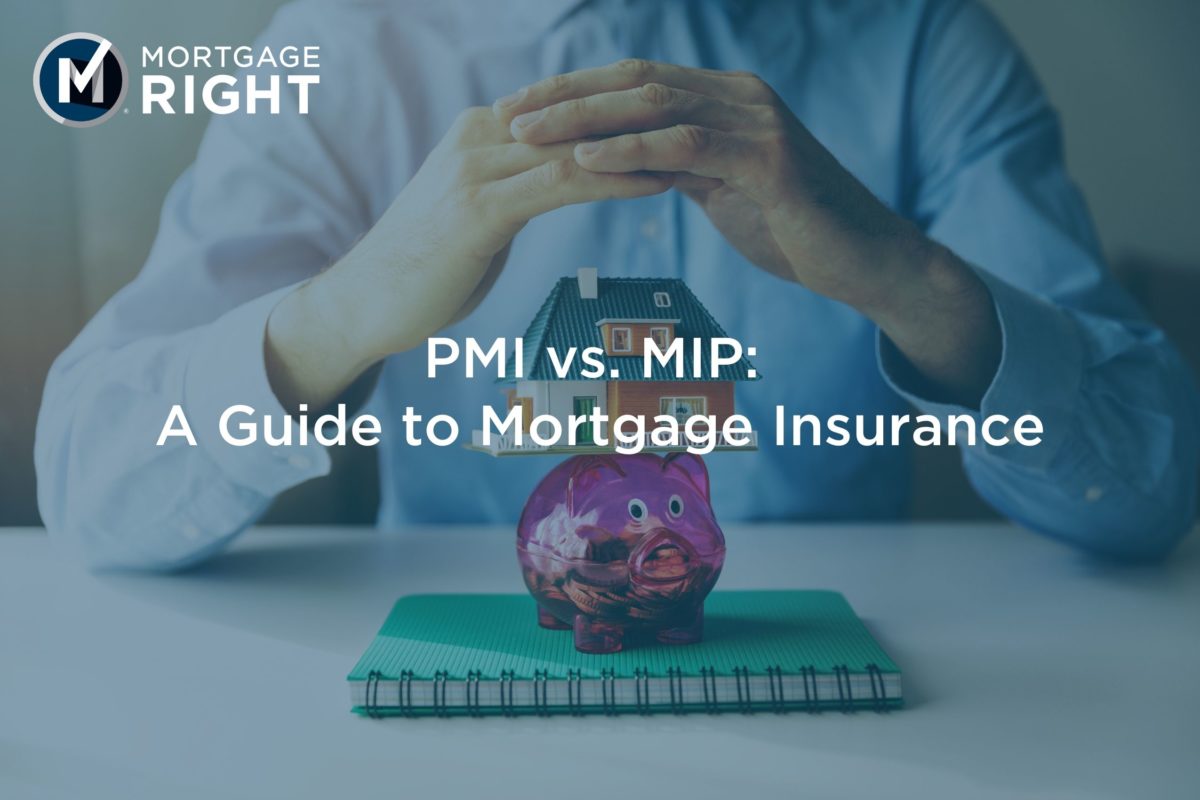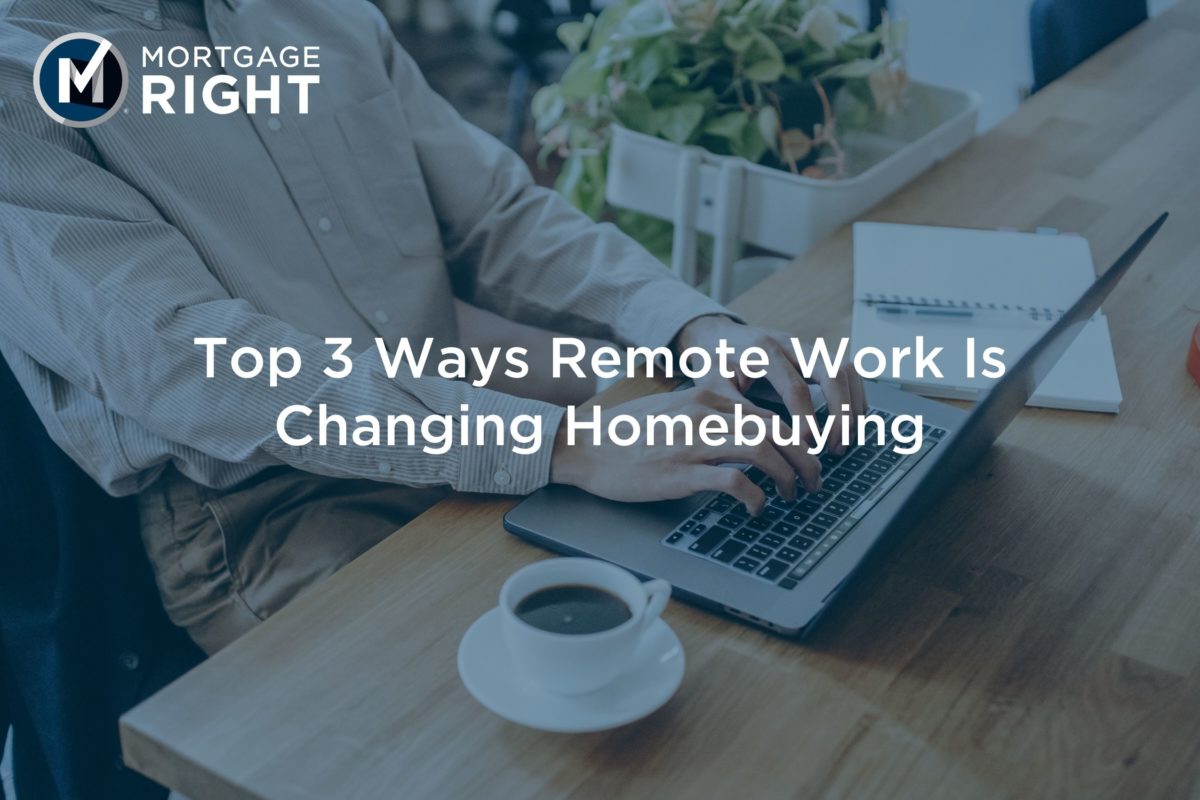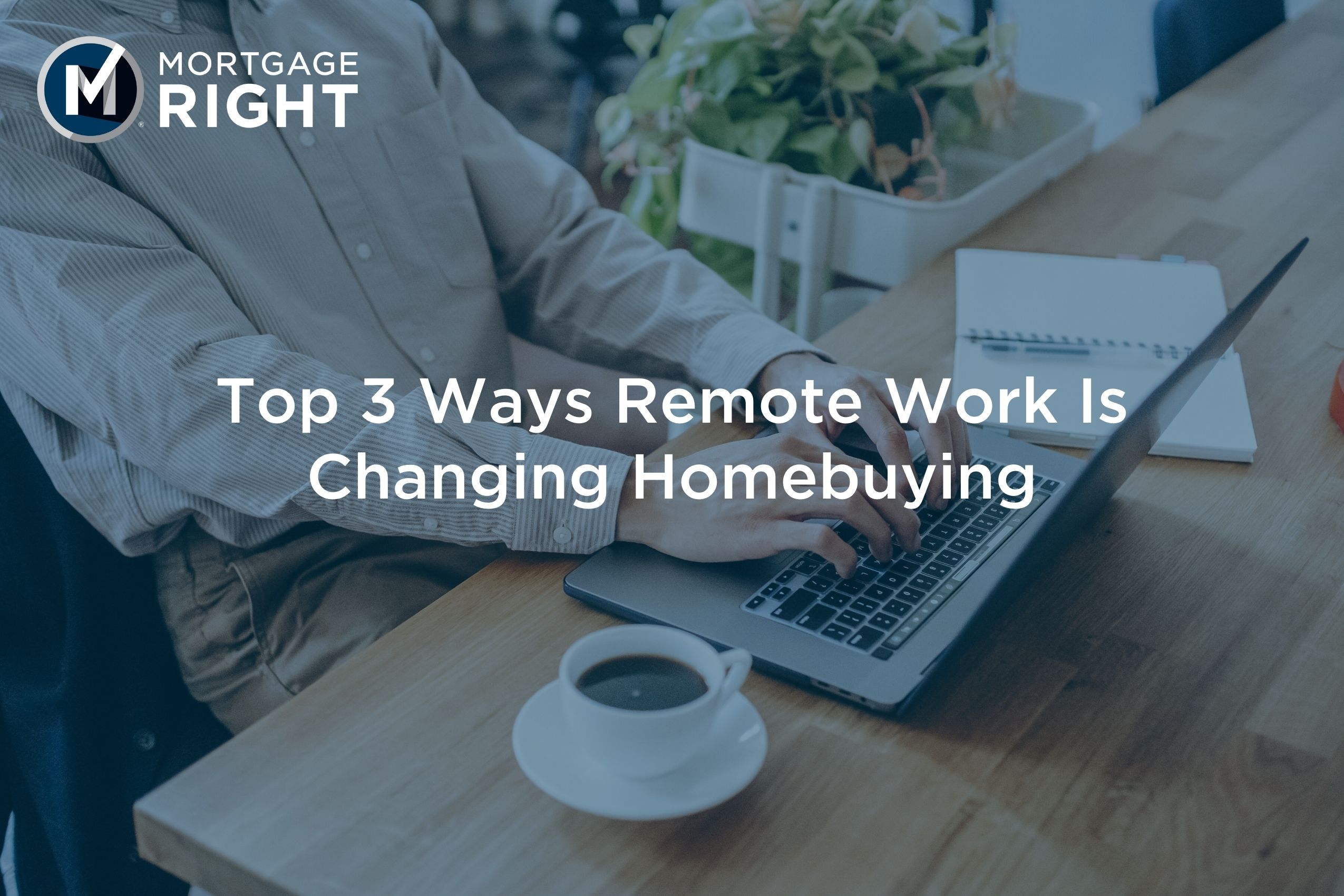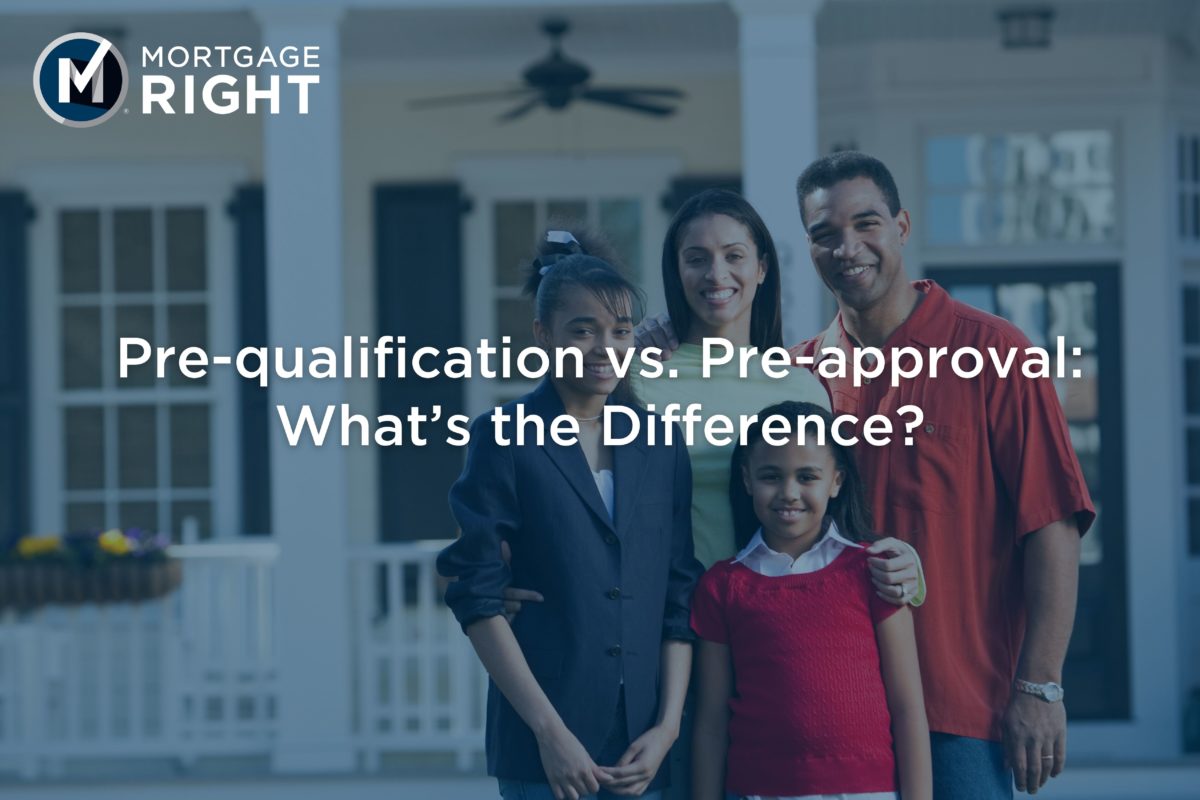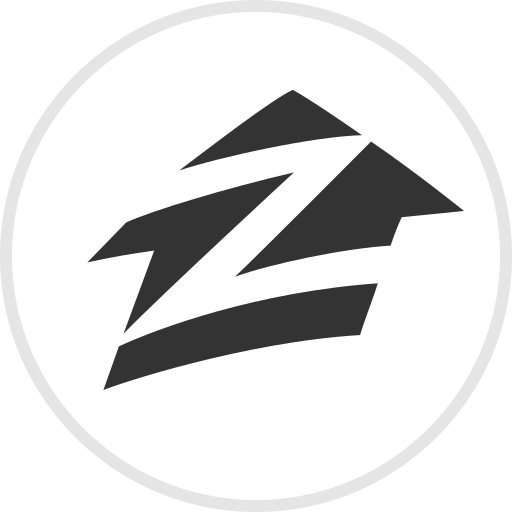
What do lush green lawns, occasional cul-de-sacs, mainstream grocery stores, and annual block parties have in common? Neighborhood. And when you’ve got home buying on your mind, thoughts about your ideal future neighborhood shouldn’t be too far behind. Choosing the right location is one of the most important parts of home buying because you need to find an area that supports your lifestyle and fits your budget.
Here are a few steps that will make the decision process easier.
Step One: Know Your Budget
Your budget is the first thing you should consider when choosing a potential home location. Why? Because if you don’t know how much you can afford, you’ll struggle to find the right home. Consider how much you could put toward a down payment while maintaining some of your savings. Then, think about how much you can reasonably pay each month toward your mortgage.
Some areas are better suited for average-wage home seekers who have figured out their budget. These cities are among Real Estate News’ top 10:
Seattle, Washington
Metro Population: 3,871,323
Median Home Price: $675,237
Average Annual Salary: $68,460
Huntsville, Alabama
Metro Population: 457,003
Median Home Price: $192,667
Average Annual Salary: $55,980
Boulder, Colorado
Metro Population: 322,510
Median Home Price: $528,833
Average Annual Salary: $67,160
Sarasota, Florida
Metro Population: 803,709
Median Home Price: $387,630
Average Annual Salary: $46,040
Austin, Texas
Metro Population: 2,114,441
Median Home Price: $377,693
Average Annual Salary: $55,190
Cost of Living
Researching the cost of living for any potential home location is a must. Coupled with your budget, understanding the cost of living in certain areas can help you decide whether you want to spend a little more to stay in the city or choose a suburb on the outskirts to save money. Forbes highlights a list of locations to consider if you’re looking for the most affordable home-buying options in the country:
Memphis, Tennessee
Metro Population: 651,011
Median Home Price: $140,000
Average Annual Salary: $57,538
Cost of Living Index: 17% more affordable than the nation’s average
Toledo, Ohio
Metro Population: 275,116
Median Home Price: $109,900
Average Annual Salary: $58,930
Cost of Living Index: 8% more affordable than the nation’s average
Akron, Ohio
Metro Population: 197,375
Median Home Price: $118,950
Average Annual Salary: $62,000
Cost of Living Index: 6% more affordable than the nation’s average
Detroit, Michigan
Metro Population: 672,351
Median Home Price: $70,000
Average Annual Salary: $64,357
Cost of Living Index: 3% more affordable than the nation’s average
Even in the most affordable areas, you’ll find that some suburban neighborhoods are more expensive than others. Your ideal home location should strike a near-perfect balance between how much you can afford and how easily you see yourself making a life there.
Step Two: Consider Every Factor
There’s more to choosing the right home location than affordability. All areas have different benefits that they bring to the table, and you need to keep those in mind when deciding where you want to live.
Transportation
How you get from place to place is an incredibly important factor when deciding where to settle down. If you’re a fan of efficient public transportation, an area in or close to the city might be best for you. Prefer to drive your own car? Then you won’t need to limit yourself to subway-heavy living locations.
Climate
Climate can dictate whether you should move to a specific area. Are you a fan of constant sunshine and warmth? Then snowy locations are out of the question. Do you hate dreary, rainy days? Then a western state might better suit your needs.
Also, consider the unique expenses that come with living in certain climates. For example, if you’re thinking of moving to a mid- or southwestern location, you might want to make sure you can afford insurance that covers fire damage. Similarly, if you want a house on the beach, flood insurance should be included in your budgeting plan.
Demographics
Get some insight into demographics before you move to an area. Consider population numbers, average person’s age, number of hospitals available, and even crime rates when deciding on a location.
School Districts
Choosing an area with good educational options is essential for home seekers with children. But those without children also benefit from having good public schools in a prospective home location. Generally, an area with better schools means it’s of better quality overall, which will help with maintaining or increasing property values. Picking a neighborhood with a good school district would also benefit those who may not have children now but will in the future.
Culture
Think about the cultural aspects of the places you’re considering. What events are common in the area? Is it a spot with stadiums that host frequent concerts and sporting events? Are there annual festivals? You’ll want to know these things before deciding on a move.
Convenience
Nowadays, we build our lives around convenience, so it’s necessary to consider how much of it you want when deciding on a home location. Need restaurants within walking distance? Want a gas station on every corner? Many areas have those amenities conveniently available throughout, but having easy access to certain businesses might increase home prices.
Appearance
If you don’t like the look of a neighborhood, you won’t like your life there. Are you a fan of sprawling trees and green pastures? Well, many metropolitan areas might not sync with your aesthetic tastes. Does the thought of a deer leaping from the woods nauseate you? Then city-life is calling. Have an irrational fear of garden gnomes? Then you probably shouldn’t pick the neighborhood where every house has a miniature elf in the middle of the yard. Just be sure the view you’re seeing is one you can’t picture yourself tiring of.
Step Three: Get The Ball Rolling
List your deal-breakers
Before you begin touring any potential home locations, you need to make a list of things that must be a part of your future living experience. Then, tack on things that you don’t want to see in a potential neighborhood to narrow down your choices.
Scope out the area
Now that you’ve compiled a viable list of locations you want to live in, you need to scope out those areas.
In-person
When visiting a potential home location in person, you’ll want to head to any place you think you might frequent if you were to move to the area—like grocery stores, shopping malls, parks, and other recreational hotspots. You may also want to visit surrounding neighborhoods to compare. Because public transport isn’t an option in some locations, you might also want to test drive your potential commutes.
Virtual tour
If you’ve got your eye on areas a little further from your current location and you’re not ready to commit to an in-person visit yet, a self-guided virtual neighborhood tour could give you enough insight to narrow down your search. Google Street View can provide a relatively up-to-date and thorough overview to help you get the overall feel of a specific neighborhood. There are also a variety of virtual home tours available online.
Location Decided? Lender Provided!
Finding that perfect home in that perfect location takes time, but we’re here to help you make the purchase when you’re ready! Get a quote or pre-approval letter, or contact us at mortgageright.com/contact to get the RIGHT financing for your new home!
